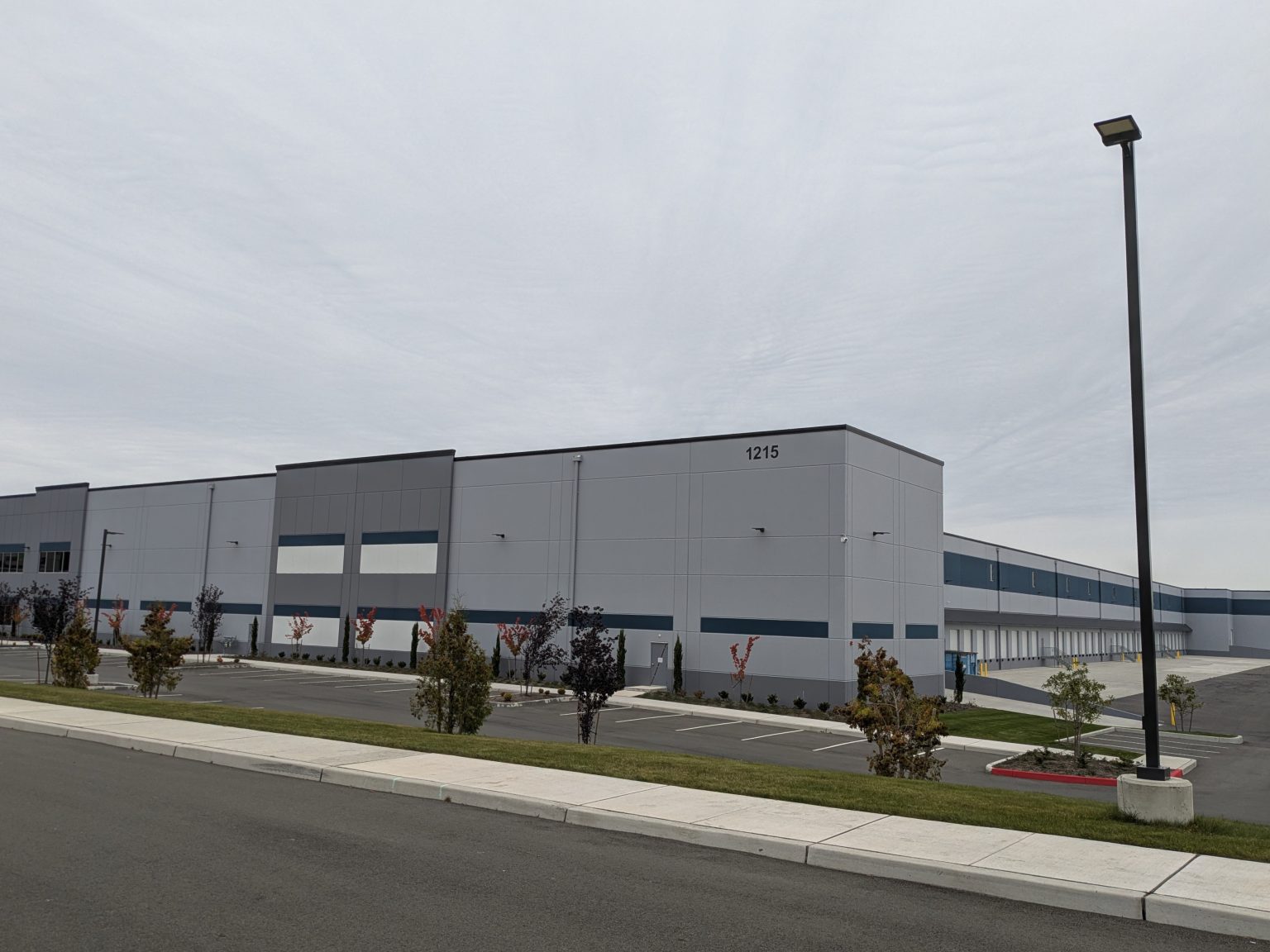Helion Energy: Pioneering the Commercial Future of Fusion Power
In Everett, Washington, an ambitious clean energy company is working to harness the same physics that powers the stars. Helion Energy isn’t just pursuing fusion energy as a scientific experiment—it’s simultaneously developing its seventh-generation fusion prototype, constructing a commercial power plant, and establishing manufacturing operations to scale its technology rapidly once proven successful. This multi-track strategy represents a bold vision to transform fusion from laboratory curiosity to commercial reality. “Our goal is not just to do fusion, not just to make energy, but to make electricity,” says Helion CEO and co-founder David Kirtley, highlighting the company’s practical focus on delivering usable power to the grid.
The scope of Helion’s operation is impressive and expanding. The company recently leased a massive 166,000 square-foot facility dubbed “Omega” near its headquarters, where it plans to install assembly lines for producing the thousands of capacitors required by its fusion generator. These capacitors will deliver the massive electrical surges needed to initiate fusion and capture the resulting energy. This manufacturing-first approach reflects the company’s identity, as Senior Production Manager Sofia Gizzi emphasizes: “Helion is a manufacturing company. It’s not an R&D company. It’s not a science experiment.” This industrial focus has driven Helion’s rapid growth, with the company securing major investments, expanding to over 500 employees, and establishing a significant presence in Washington state’s industrial corridor north of Seattle, an area also home to aviation giant Boeing.
While Helion’s ambitions are grand, they come with significant challenges—no organization has yet demonstrated commercially viable fusion power, often called the Holy Grail of clean energy. However, if Helion succeeds, the market demand is substantial and growing. The expansion of data centers, AI infrastructure, and economy-wide electrification efforts in transportation, buildings, and industrial operations are all creating unprecedented demand for clean electricity. This potential has attracted major partners, including Microsoft, which has already agreed to purchase electricity from Helion’s planned 50-megawatt Orion plant in Central Washington. Microsoft’s Chief Sustainability Officer, Melanie Nakagawa, acknowledged the pioneering nature of this partnership when the Orion plant broke ground in July, stating, “While the path to commercial fusion is still unfolding, we’re proud to support Helion’s pioneering work here in Washington state as part of our broader commitment to investing in sustainable energy.”
The path to commercial fusion requires more than just scientific breakthroughs—it demands industrial-scale manufacturing capability, which is where the Omega facility becomes crucial. Helion has strategically chosen to maintain control over its manufacturing and assembly operations rather than outsourcing them. This approach helped the company avoid supply chain disruptions during the pandemic, provides insulation from fluctuating tariffs, and most importantly, enables rapid adjustments as facility designs evolve. The proximity between engineering and manufacturing teams creates valuable synergy, as Gizzi explains: “If you want to scale quickly, and if you want to be able to build an intelligent manufacturing process, you have to have manufacturing engineers with a really good understanding of how the thing works. And you have to have design engineers with a really good understanding of what’s hard about manufacturing.” This integration of design and production expertise creates a feedback loop that accelerates development and adaptation.
Helion’s manufacturing-focused philosophy aligns with broader national interests in rebuilding American industrial capacity, particularly in emerging energy technologies. This alignment has garnered bipartisan political support, evidenced by Washington state congressional leaders Senator Maria Cantwell and Representative Suzan DelBene introducing the Fusion Advanced Manufacturing Parity Act, which would provide substantial tax credits for fusion supply chain components. Senator Cantwell highlighted Washington’s leadership position, noting that the state “is the world’s leading hub for fusion energy, which one day soon could provide vast amounts of the type of power we need to keep electricity prices down and increase America’s economic competitiveness.” This public policy support complements Helion’s private funding success—the company raised $425 million in January specifically to finance its manufacturing expansion at the Omega facility, with investors including prominent tech figures like OpenAI CEO Sam Altman and Facebook co-founder Dustin Moskovitz, alongside institutional investors such as SoftBank and strategic partners like steel manufacturer Nucor.
Looking ahead, Helion’s timeline is ambitious yet methodical. The company will begin installing assembly line equipment in the Omega facility early next year, with production scheduled to start in late 2026. This facility will produce approximately 2,500 capacitor units needed for the Orion power plant in Malaga, Washington, utilizing both human workers and advanced robotics to dramatically accelerate current processes. Yet even as Helion works to bring its first commercial plant online, the company’s vision extends much further. As Gizzi explains, the high-volume manufacturing lines being developed aren’t just for the Orion machine but for what comes next: “A factory operating at 50% of its design capacity or less can spit out Orion, no problem. But we’re really looking beyond that into 2030.” This forward-looking perspective reveals Helion’s confidence in its technology and its determination to rapidly scale fusion power deployment once the concept is proven. In the race to commercialize fusion energy, Helion is positioning itself not just to cross the finish line first but to immediately begin mass production of a technology that could fundamentally transform the global energy landscape.















